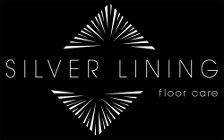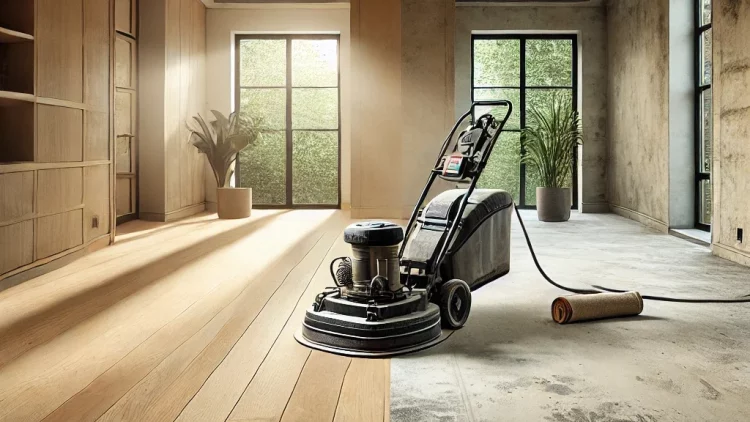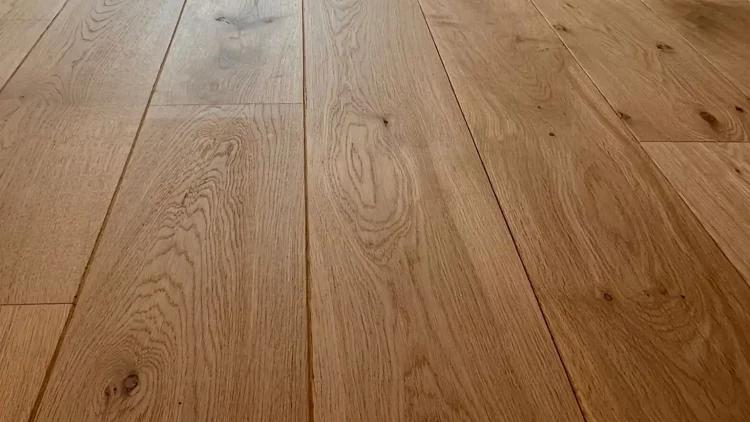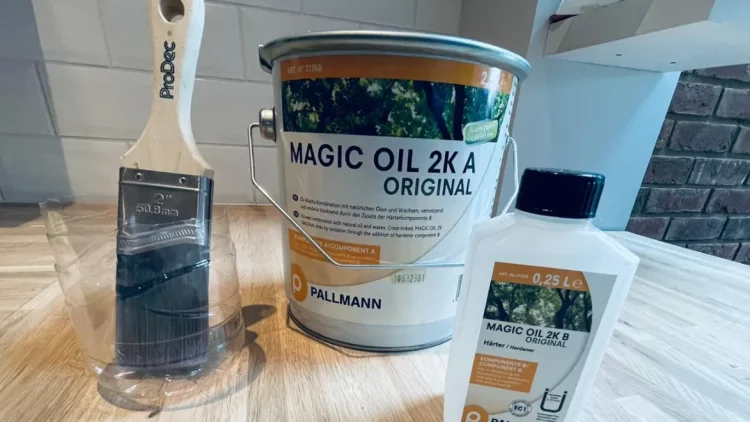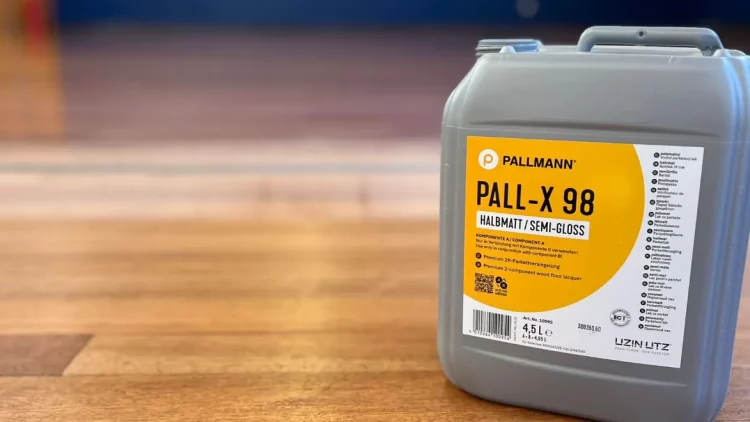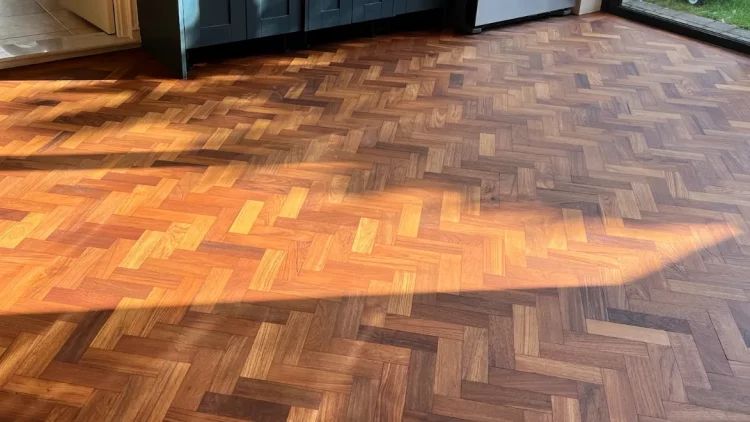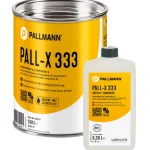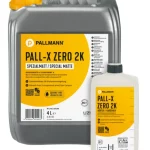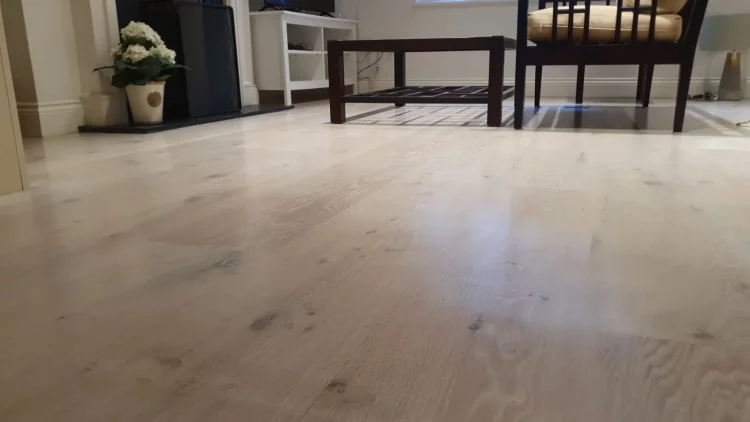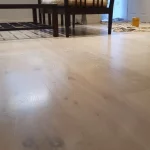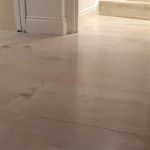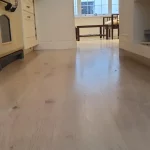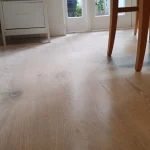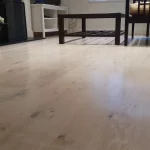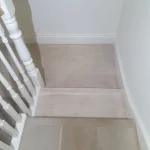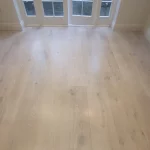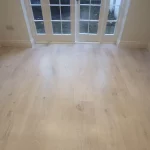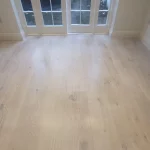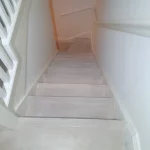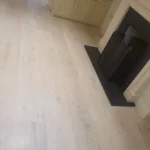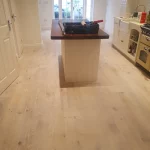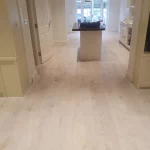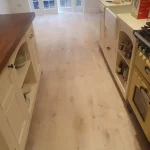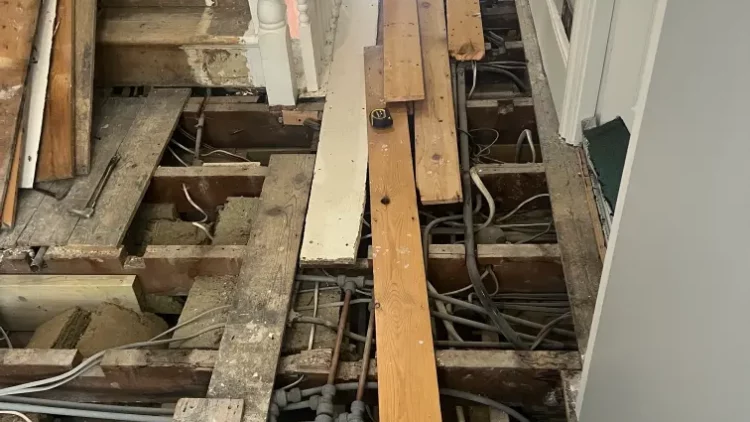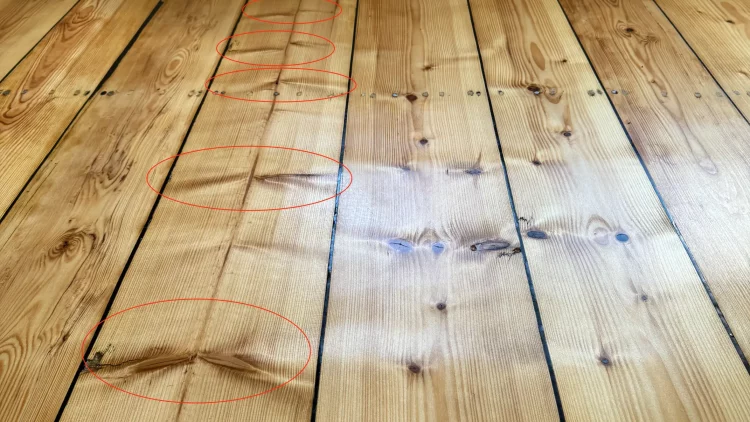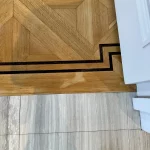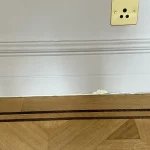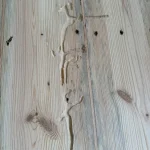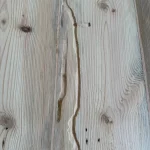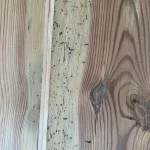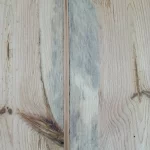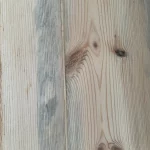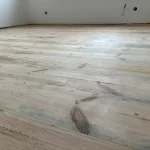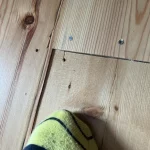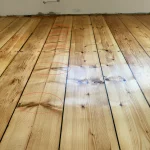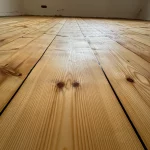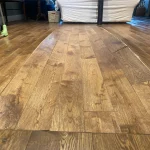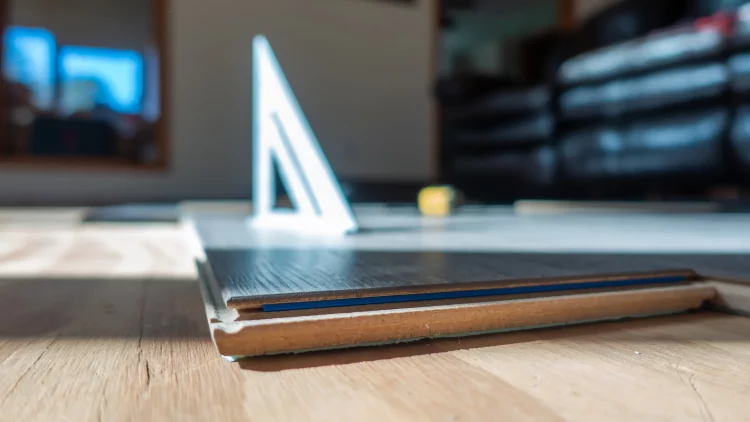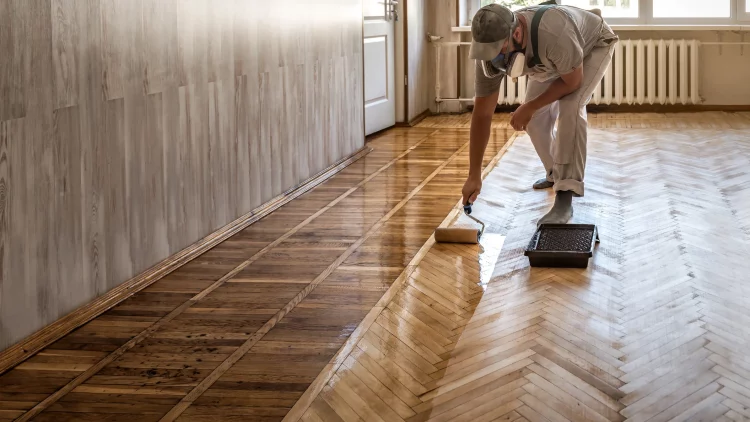Achieving the Perfect Scandinavian Effect for London Homes
Whitewashed wooden floors have become increasingly popular among homeowners in London, and it’s easy to see why. They offer a sleek, modern look that brightens up any space, giving it that sought-after Scandinavian effect. The natural, minimalist aesthetic associated with Scandinavian interiors has made its mark on many design trends, particularly when it comes to flooring. In this blog, we will dive into the history of whitewash wooden flooring, discuss modern techniques, and provide solutions to achieve a long-lasting, beautiful white wood floor that fits perfectly into London homes.
Why Choose Whitewashed Wooden Floors?
Whitewashed wooden floors are favoured for their ability to create a light, airy atmosphere. The white tones reflect natural light, making spaces feel larger, brighter, and more welcoming. For homeowners looking to transform their interiors into modern, minimalist spaces, white wood floors are an ideal choice. The neutral palette also works beautifully in combination with a wide range of furniture styles and colour schemes, offering versatility and timeless elegance.
Benefits of Whitewashed Wooden Floors:
•Aesthetic Appeal: Whitewashed floors contribute to the clean, modern Scandinavian look.
•Space Amplification: Lighter floors help reflect natural light, making rooms appear larger.
•Timeless Design: The neutral colour works well with any interior style, from modern to rustic.
•Calming Atmosphere: White floors evoke a sense of calm, perfect for creating a peaceful home environment.
The Scandinavian Effect: What Makes It So Popular?
The Scandinavian effect is all about simplicity, functionality, and natural beauty. It stems from a lifestyle that embraces minimalism, focusing on the essentials while creating warmth and comfort in every aspect of the home. One of the key elements of Scandinavian design is white wood floors, which help to open up spaces and make them feel uncluttered and tranquil.
In London, where homes often face gloomy weather, the Scandinavian effect has become particularly appealing. Whitewashed wooden floors brighten up interiors and make them feel more welcoming. Whether it’s a contemporary apartment or a classic Victorian townhouse, white wood floors can fit seamlessly into any London home.
The Traditional Whitewashing Technique: Lye and Soap
Historically, Scandinavian whitewashed floors were achieved using lye and soap. This method, while effective at creating that coveted Scandinavian look, is extremely labour-intensive and high-maintenance. The floors need to be re-soaped frequently to maintain their pristine appearance—sometimes as often as every month or week!
Why the Traditional Method Isn’t Practical:
•High Maintenance: Lye and soap require constant upkeep to maintain the floor’s white colour.
•Fragility: The finish is not durable and can easily be worn down in high-traffic areas.
•Time-Consuming: Modern families and busy Londoners simply don’t have the time to constantly maintain their floors.
While the traditional method may have worked for Scandinavian homes centuries ago, today’s homeowners are looking for more durable and low-maintenance solutions. Modern life, particularly in a bustling city like London, requires a finish that offers both beauty and practicality.
Modern Techniques for Whitewashed Wooden Floors
Luckily, there are modern alternatives to the traditional lye and soap method that are much more durable and easier to maintain. At Silver Lining Floor Care, we recommend using a two-component oil-based white stain like Pall-X 333 White. This product is specially formulated to deliver the Scandinavian effect without the hassle of constant maintenance.
However, it’s important to note that Pall-X 333 White cannot be left unfinished. It requires an additional protective layer to ensure the white pigment holds up over time. For low-traffic areas like bedrooms, we recommend applying at least one coat of Magic Oil to seal and protect the finish. In high-traffic areas such as kitchens, hallways, or stairs, a stronger protective layer is necessary. We recommend using a two-component lacquer, such as Pall-X Pure, to ensure maximum durability and protection for the white pigment.
Why Pall-X 333 White Is the Best Choice:
•Durability: The two-component system includes a hardener, making the finish much more resilient.
•Deep Penetration: The oil penetrates the wood, enhancing the grain and creating a luxurious finish.
•Requires a Protective Topcoat: Always seal with Magic Oil for low-traffic areas or Pall-X Pure for high-traffic areas.
•Low Maintenance: Unlike traditional finishes, Pall-X 333 White, when properly sealed, requires minimal upkeep.
The oil not only adds a beautiful white tint but also enhances the natural beauty of the wood grain. With the right protective topcoat, it’s the perfect way to achieve a Scandinavian whitewash effect that’s both elegant and practical for London homes.
The Durability of White Pigment: Consider the Room
As previously mentioned, white pigment is the least durable of all pigments, so protecting it with the appropriate finish is essential to ensure its longevity. The level of traffic in the room will dictate which topcoat to use.
•Bedrooms and Low-Traffic Areas: In spaces like bedrooms, where there’s little foot traffic, Pall-X 333 White can be sealed with Magic Oil for sufficient protection. This will maintain the elegant whitewash look while providing adequate durability.
•High-Traffic Areas (Kitchens, Hallways, Stairs): In areas with high foot traffic, an oil finish alone won’t offer enough protection. For these spaces, we recommend applying two coats of Pall-X Pure, a two-component lacquer, which provides robust, long-lasting protection for the white pigment. If you prefer a bit of sheen, you can opt for Pall-X 98 in satin.
Why Choose Pall-X Pure or Pall-X 98 for High-Traffic Areas:
•Essential for Protecting White Pigment: White floors in high-traffic areas need the extra protection provided by lacquer.
•Matte or Satin Finish Options: Choose between a matte or satin finish depending on your aesthetic preferences.
•Long-Lasting Protection: Lacquers like Pall-X Pure and Pall-X 98 are designed to keep your whitewashed floors looking beautiful for years, even in the busiest areas of your home.
Achieving the Brushed Effect for a Textured Finish
If you’re looking to take your Scandinavian whitewashed floors to the next level, consider incorporating a brushed effect. This technique adds texture to the wood, giving it a more natural and rustic appearance, which perfectly complements the minimalist Scandinavian design. It can only be done as part of the wood floor sanding process.
Benefits of the Brushed Effect:
•Adds Texture and Depth: The brushing process enhances the natural grain of the wood, creating a more dynamic appearance.
•Increased Durability: The brushed effect can help hide small scratches and wear, making it a practical choice for busy London homes.
•Unique Look: No two brushed floors are alike, giving your home a distinctive and custom feel.
At Silver Lining Floor Care, our Premium Plus package includes the brushed effect as part of the refinishing process. This is perfect for clients who want a floor that’s not only beautiful but also has a unique texture and finish.
Whitewashed Wooden Floors in London: Why It Works
Whitewashed floors are a particularly good choice for London homes. The city’s often-overcast skies mean that natural light can be scarce, especially in the winter months. By installing white wood floors, homeowners can maximize the light that enters the home, creating a brighter, more uplifting environment.
Why Londoners Love Whitewashed Floors:
•Brightens Interiors: The reflective quality of white floors makes rooms feel lighter and more spacious.
•Perfect for Small Spaces: Many London homes are on the smaller side, and white floors help create the illusion of more space.
•Matches London’s Minimalist Aesthetic: As urban living shifts toward minimalism, Scandinavian design and whitewashed floors have become increasingly popular.
While modern finishes are far less maintenance-intensive than traditional methods, it’s still important to properly care for your whitewood
floors. Here are a few tips for keeping them looking their best:
Daily Care:
•Sweep or vacuum regularly to remove dust and debris.
•Use a microfiber mop for light cleaning.
Monthly Care:
•Consider using a refresher product specifically designed for white floors to keep them looking vibrant.
Annual Care:
•Depending on wear, you may need to apply a maintenance coat to protect the finish.
Choosing the Right Finish for Your Home
When deciding on the best finish for your home, consider factors such as room usage, traffic levels, and your personal design preferences. Whether you prefer a natural matte finish or a satin sheen, or whether your floors are in a low-traffic bedroom or a busy kitchen, there’s a whitewashed flooring solution that will suit your needs.
Conclusion
Incorporating the Scandinavian effect into your London home with whitewashed wooden floors is a fantastic way to modernize your space while maintaining a timeless elegance. With modern finishes like Pall-X 333 White, Pall-X Pure, and Pall-X 98, you can achieve the beauty of white wood floors without the headache of constant maintenance. Plus, by opting for additional features like the brushed effect, you can create a truly unique, luxurious floor that will stand the test of time.
If you’re based in London and looking to transform your home with a whitewashed floor, contact us at Silver Lining Floor Care to discuss the best options for your space. We’ll help you achieve the Scandinavian look you’ve been dreaming of with a finish that’s built to last.
